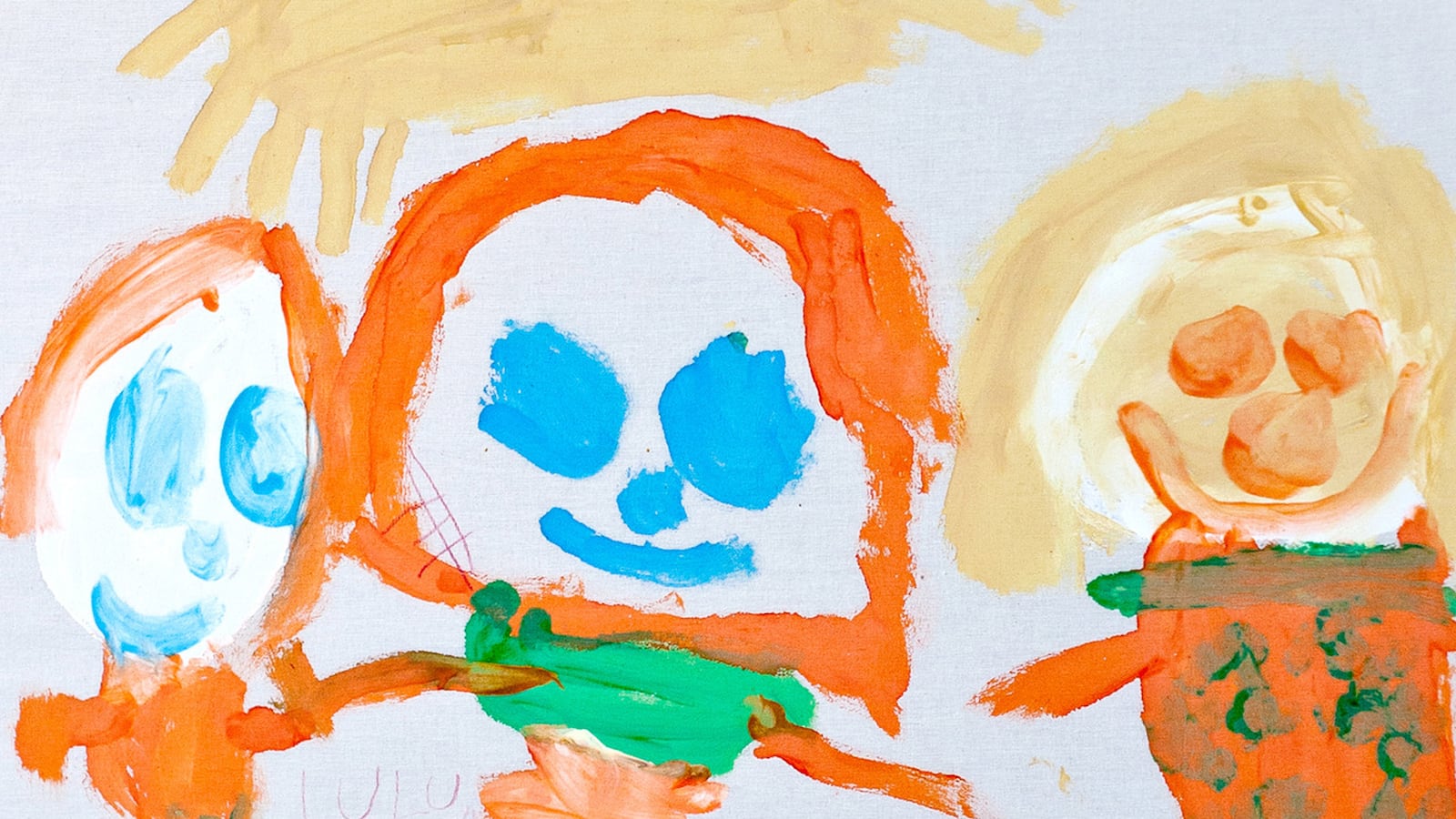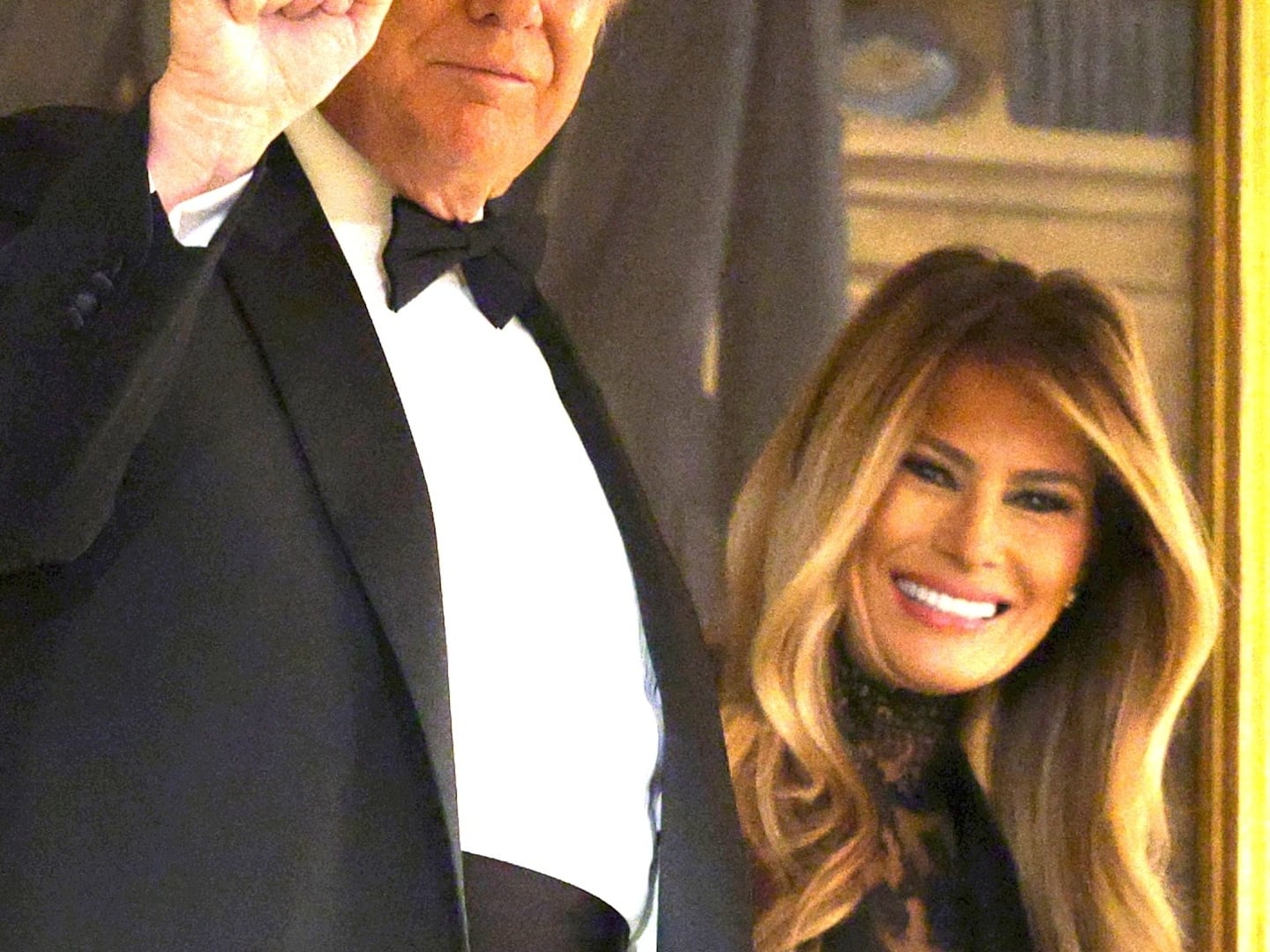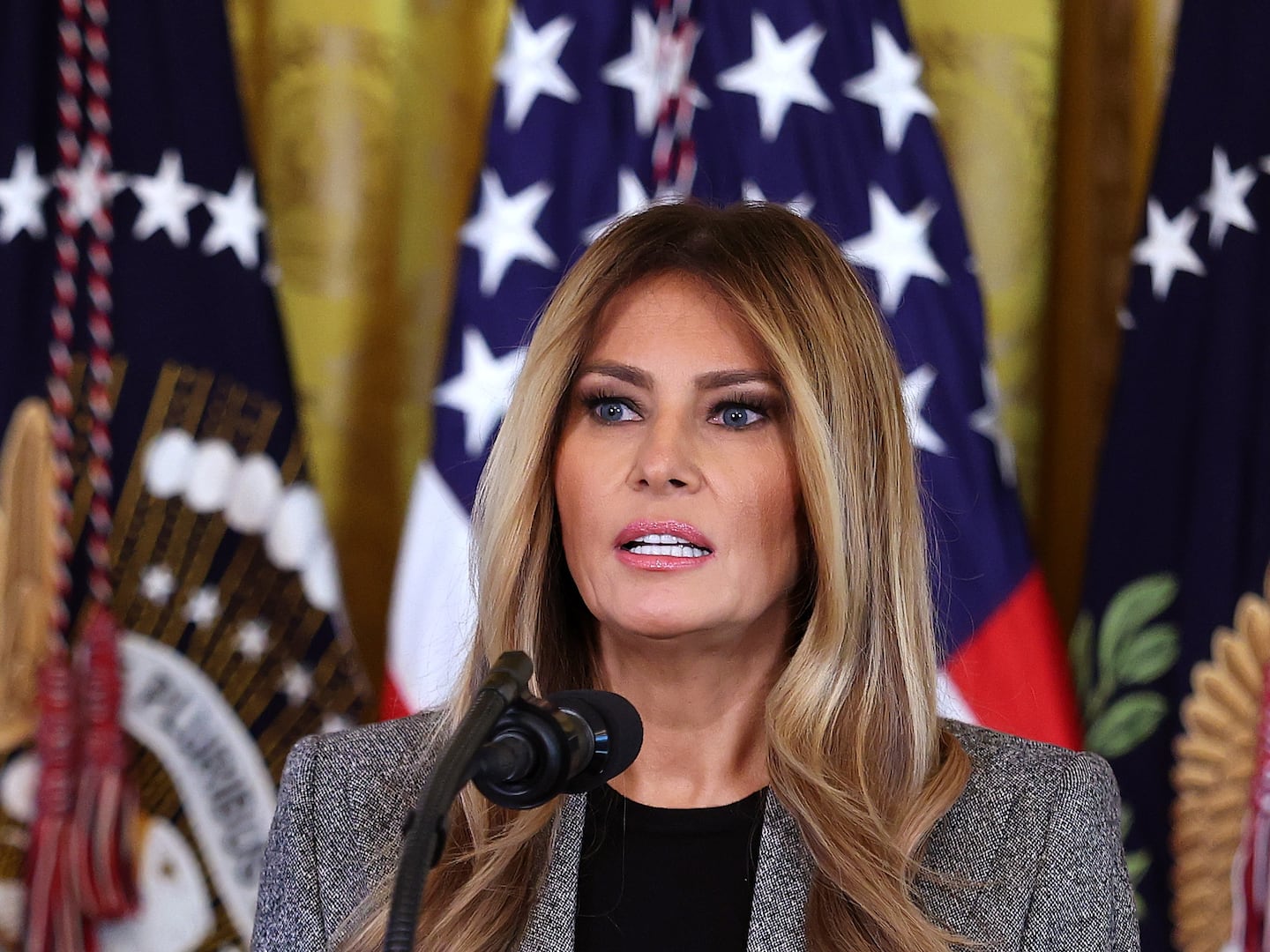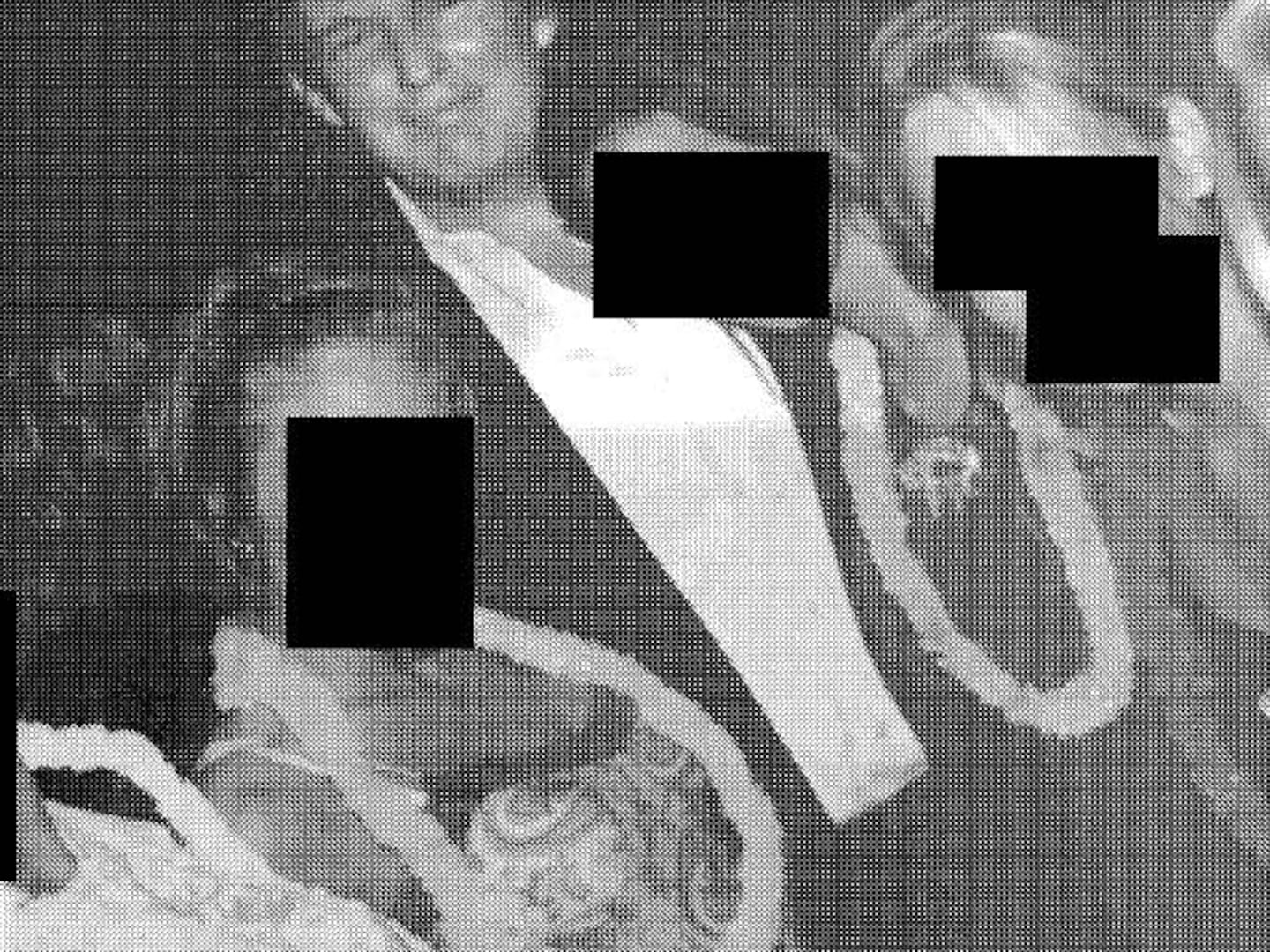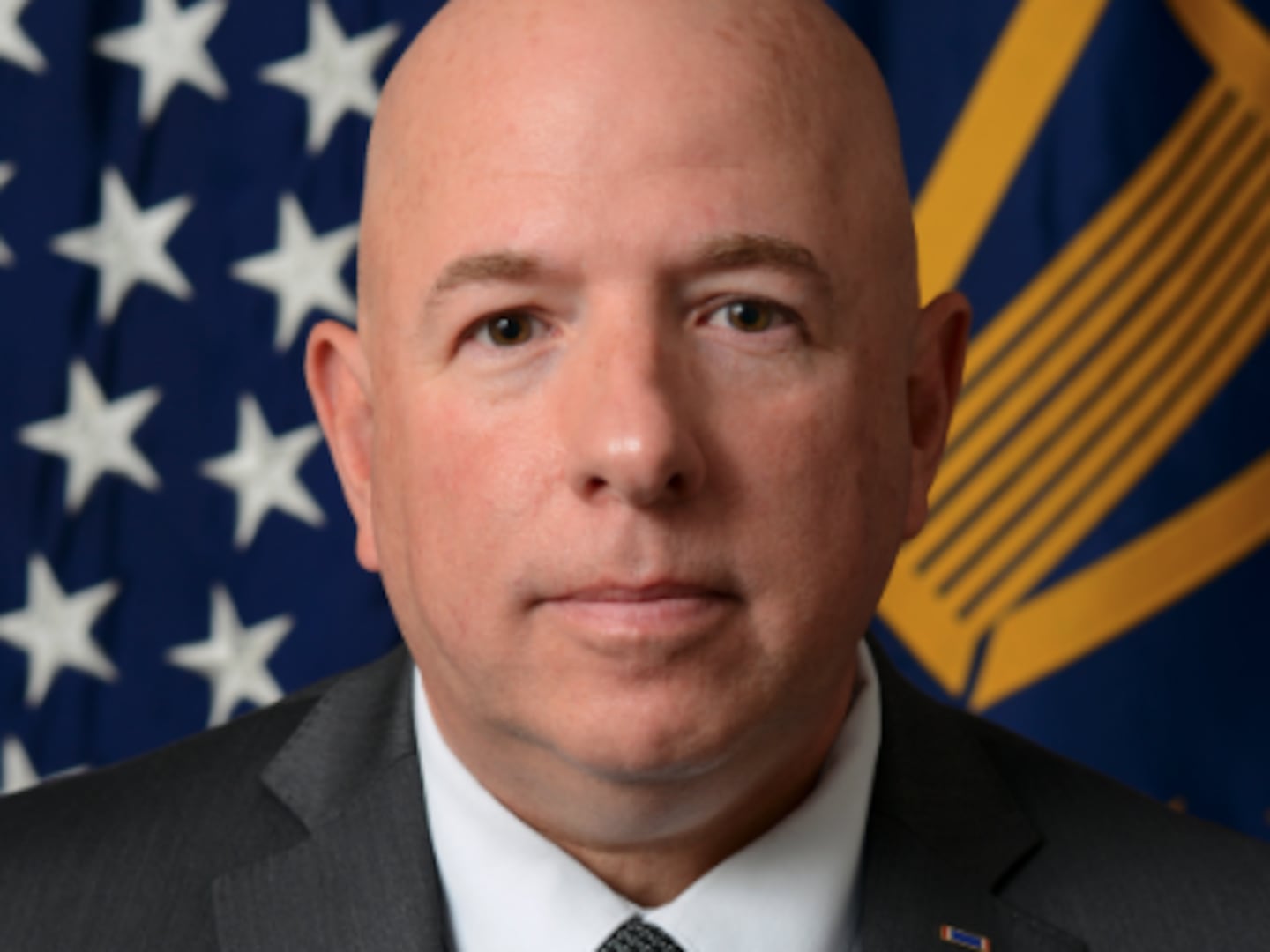As President Obama prepared to unveil the gun-control measures prompted by the murder of 20 youngsters at a Connecticut school, a daily calendar taped to a courthouse wall in Manhattan listed a case that proves we can never make our kids completely safe.
“Ortega, Yoselyn 05110-2012”

Ortega is a nanny who had seemed to her employers, Kevin and Marina Krim, to be no danger at all. But Marina then came home from swim practice with her 3-year-old to find her youngest, 2-year-old Leo, and her eldest, 6-year-old Lucia, murdered in the bathroom.
No amount of gun control could have saved the children, for the murder weapon was a household knife, which Ortega allegedly had used and then turned on herself in an apparent attempt to take her own life.
But at the prospect of seeing Ortega make her first courtroom appearance yesterday morning, the inexplicable killings by a weapon that could never be banned did not make the effort to ban any weapons appear futile.
It instead had the surprising effect of making gun control seem all the more necessary.
The very fact that we cannot save all the children from violence makes it imperative that we save whatever children we can.
Marina Krim's harrowing screams after she found her murdered children would have been no different if the killer had used a pistol, just as the parents in Sandy Hook would have been no less devastated if their youngsters had been stabbed rather than shot to death.
The difference is that the deaths in Sandy Hook might well have been prevented. Adam Lanza likely would not have gotten past the principal if he had been armed with only a knife. And he likely would not have been able to kill so many youngsters were it not for the 30-round magazines such as would have been outlawed by a bill that was introduced in the Connecticut state senate following the massacre in Aurora and then not even brought to a vote.
Another difference is that Lanza had no trouble taking his life as impulse translated from finger to trigger. Ortega allegedly survived her effort as original impulse seemed to become hesitation when the initial effort did not prove immediately fatal.
As a result, the calendar an officer posted with a piece of masking tape on Wednesday morning outside Room 1300 at Manhattan Supreme Court included the name Ortega. And it seemed we would be getting our first look at what prosecutors say is a parent’s worst nightmare: a nanny who, apparently, suddenly and inexplicably becomes a murderous monster.
As the hour approached, several of the nanny’s relatives appeared, including one of her sisters, who bears a strong resemblance to her. Defense lawyer Valerie Van Lee-Greenberg came in.
But when the case was called, the court clerk informed Judge Gregory Caro that Ortega was still in Elmhurst Hospital in Queens for either physical or psychological reasons, or perhaps both. The judge suggested rescheduling to Feb. 6.
“Feb. 8?” defense attorney asked.
“Feb. 8,” the judge said.

The Ortega family departed the courtroom and headed off into the city, which had received as high a compliment as it had ever received at the start of the month and the New Year, when the Krim family headed back to New York in an RV from California.
The Krims had left New York with their surviving child, Nessie, after the slayings to be with family in California, where they had lived until three years ago. They were there when news broke of the mass shooting at Sandy Hook Elementary School. They posted a statement online.
“Our hearts especially go out to all the families who have lost their children in an act of unspeakable violence. As parents who are dealing with loss and grief, we understand how much these children will be missed every minute of every day. —Kevin and Marina Krim”
In the struggle with their own pain and the need to steady their surviving child, the Krims remembered New York not just as the city where two of their children had died but where all three of their children had lived, delighting in sidewalk hot dogs and making imaginary calls from phone booths and other manifestations of urban magic. The kids also had loved the programs where they discovered and explored science and dance and music and art. Lucia, who was called Lulu, especially loved “Art Afternoons” at the Metropolitan Museum of Art.
The parents decided that one way to honor their murdered children was to establish the Lulu & Leo Fund to “help more children benefit from these education experiences in art and science.” They created a website at www.lululeo.org where people could donate. It has a link to a Facebook travel log they began when they set out east from California back to what was still home.
“Today, we are leaving on a RV trip with some friends to cross the country from LA back to NYC,” they wrote. “Along the way, we are hoping to experience some inspiring moments that will help us with our healing and rebuilding when we get back to NYC.”
They posted a photo of what can only be seen in a place where the ocean is to the west.
“In the meantime, here's a gorgeous sunset at the beach that Lulu and Leo painted for us.”
As they drove, they played their murdered kids’ favorite music—what they called Lulu and Leo’s playlist. It included a song for which Lulu had created her own lyrics: “Edge of Glory,” by Lady Gaga.
There was also one to which little Leo had begun singing the chorus:
“Ho Hey,” by the Lumineers.
And then there was the one to which they had all rocked out at a family wedding: “Call Me Maybe,” by Carly Rae Jepsen.
One of their stops was in Santa Fe. They visited an art gallery there and posted photos of three pieces “that we are sure Lulu and Leo would have loved.” They also had posted online a painting that Lulu had done of three smiling figures. The colors and brush strokes exhibit the same exuberance as is seen in the painting of another young artist, 7-year-old Grace McDonnell, who was among those killed at Sandy Hook Elementary.
When he announced his gun-control measures, Obama spoke of Grace and how much she loved art. He said her parents had given him one of her paintings that now hangs in his private study off the Oval Office. He said he thinks of her every time he sees it.
“We must act now for Grace,” he said.
He was speaking specifically of the gun-control measures, but he also was describing a larger effort to protect whatever children we can in whatever ways we can in a world that can be as dangerous as it is magical, as horrific as it is wondrous.
“This is our first task as a society, keeping our children safe,” Obama said. “If there’s even one life we can save, then we have an obligation to try.”
To look at the painting by Grace and the painting by Lulu is to see the magic and the wonder. It is also to see that the murder of a child is equally searing, whatever the instrument of violence.
The difference is that Lulu’s death could not have been prevented. And to look at Lulu’s and then at Grace’s art is to know that, if we can’t save all the kids, you have to save the ones we can.

